Daisies: The cheery greeting of Day's Eye (Why Flowers)
Observations and idioms around a flower that reflects the sun, and exploring a non-model microbe from a city that doesn't exist
Cheer, joy, love, and death?
When I was little, my mom let me choose how my room was decorated. I selected yellow, white, orange and green gingham daisy wallpaper. The daisies paired with lush, semi-shaggy spring-green carpet gave me a feeling of a grassy meadow indoors.
Daisies are said to symbolize: “cheerfulness, joy, and pure love.” A few times when l was younger—in the throes of a now long forgotten crush—I would pick a daisy and utter the cliched query: “he loves me, he loves me not.” I do not remember who I was inquiring about, but I remember the bright face looking up at me and feeling a little forlorn (no matter the answer) that I had literally defaced the innocent little flower in such a passive and frivolous manner. I no longer rely on flowers to tell me how people feel about me, but I do think flowers can speak when words aren’t sufficient.

The word "daisy" derives from the phrase "day's eye," reflecting the flower's sun-following behavior. Belonging to the Asteraceae family, daisies are composite flowers consisting of two parts: a bright yellow center surrounded by radiating white petals. These flowers exhibit heliotropism, meaning they track the sun's movement across the sky. In the evening, the white petals of Bellis perennis fold inward, concealing their golden centers until dawn. The ox-eye daisy, common in Europe, was introduced to the United States as an ornamental in the 1800s. It is noted as “difficult to control,” since plants can regenerate from underground root systems of rhizome fragments.
Daisies are like weeds in the realm of idioms and slang. Google AI states in old timey 1870s English slang, “daisy” is a descriptor for something deemed “the best,” citing “that new car is a daisy” as an example. “Pushing up daisies” is an idiom thought to have been coined during World War 1 by British soldiers, a more whimsical way of conveying death than “worm food.”
C. glutamicum: A daisy of a palette
I first became aware of Corynebacterium Glutamicum through working with Sarah Richardson on branding for her startup MicroByre. MicroByre was focused on coaxing incrementally more of what specific microbes were already specialized to make. To communicate this as an analogy, Sarah identified several microbes that she saw as analogous to farm animals. I made graphic depictions of these microbes with attributes of the farm animals they resembled. Among these depictions was Corynebacterium Glutamicum, interpreted as a goat. C. Glutamicum has shown to be an efficient producer of amino acids like Glutamic acid and Lysine, yet it is not considered a “model organism.”
In talking with Sarah about my own work painting with microbes, she pointed me towards an interesting paper (more on this below). The paper displayed different colors—reds, pinks, oranges, yellows and of course hues of white—coaxed from a lycopene metabolic pathway in Corynebacterium Glutamicum. I was intrigued!
In order to decipher the paper and figure out how I could proceed, I enlisted the expertise of a partner. Julie Wolf—who was a friend and had been an instructor for Biohacker Bootcamp at Genspace many years ago—became my collaborator on the project. With her expertise, and my curiosity, we began our collaboration at Biotech Without Borders earlier this year.


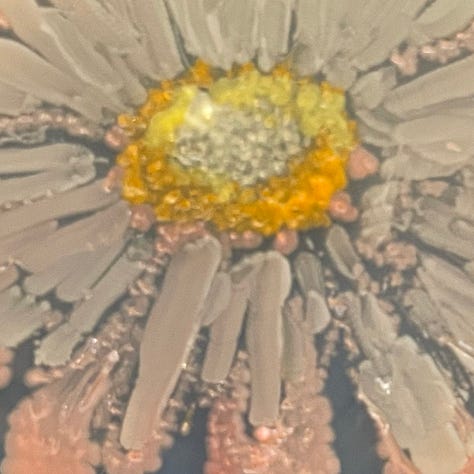
A non-model microbe from an imaginary city
The lead author of the above mentioned paper is Volker F. Wendisch from University of Bielefeld school of Genetics of Prokaryotes. I explained my Biogenetic Blooms project to Wendisch in brief and sent some links and work examples. Much to my delight, Wendisch was very gracious in responding to my request for materials, and I was up and running!
I had been playing with C.Glutamicum for a few months when I met transdisciplinary artist and researcher Veronica Ranner at BioBAT Art Space. Upon sharing my new paintings with her, Ranner jokingly proclaimed Bielefeld as “the city that doesn’t exist.” Upon my confused reaction, Ranner elaborated. After some research I learned of the conspiracy theory that was sparked in the mid 90s and has been referred to ever since.
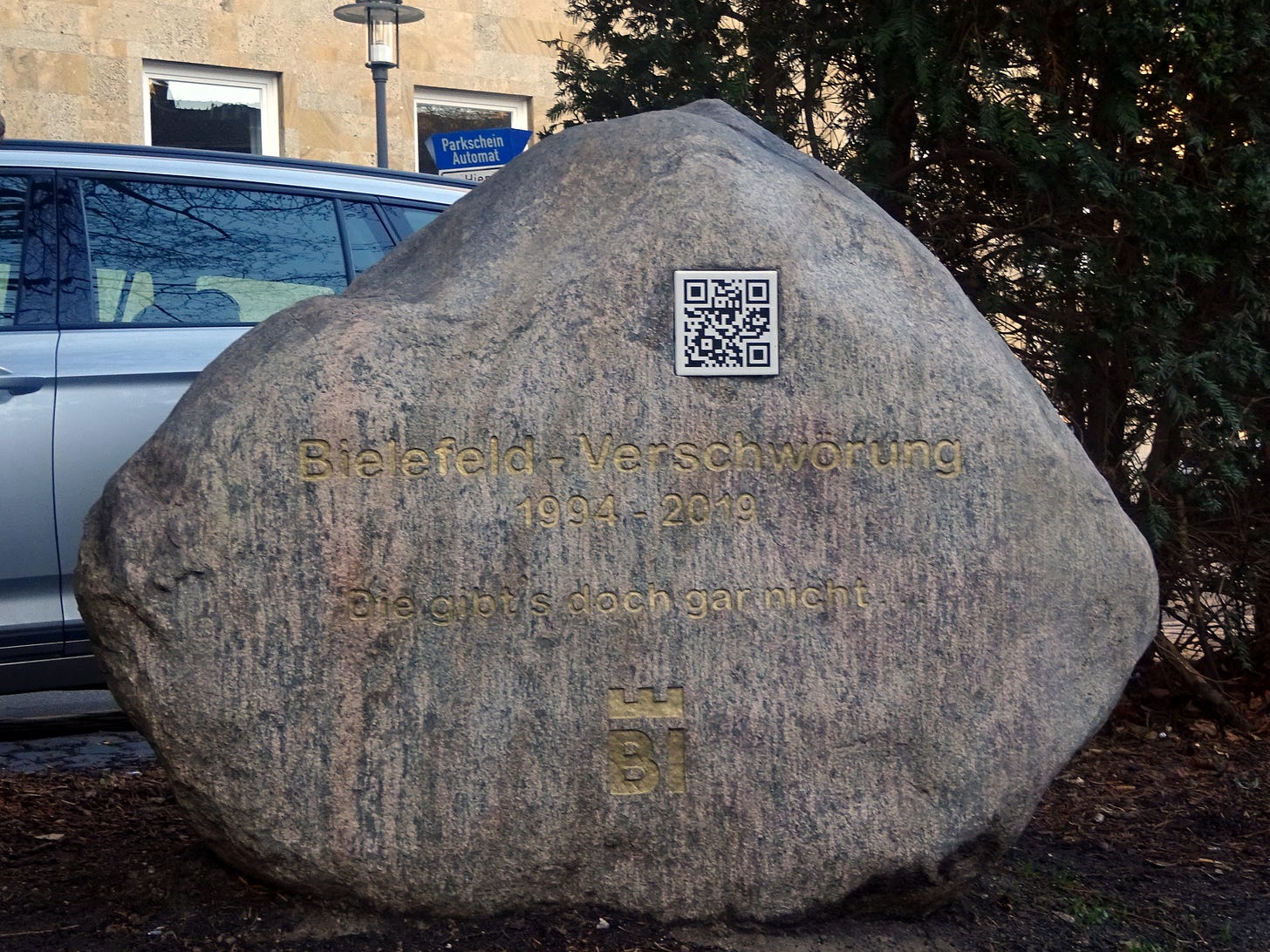
From a piece in National Geographic, “This German city doesn’t exist, according to a decades-long conspiracy theory :
Achim Held, a software engineer from Kiel, north Germany… didn’t mean to start this popular conspiracy theory 30 years ago. Rather it was just a joke that grew out of control.
…
It became a running gag in the group. When they drove towards Essen on the autobahn in 1993, they noticed a large construction site around Bielefeld and that the surrounding exit signs leading into the city were covered with tape due to the works taking place. They joked this was further proof Bielefeld was made up.
At any rate, Bielefeld University appears to be real and though I’m sure it’s tiring for the University and town residents, I do find it humorous. Wendsch pointed me towards more of his papers working with C.glutamicum and I have a rich palette to work from.
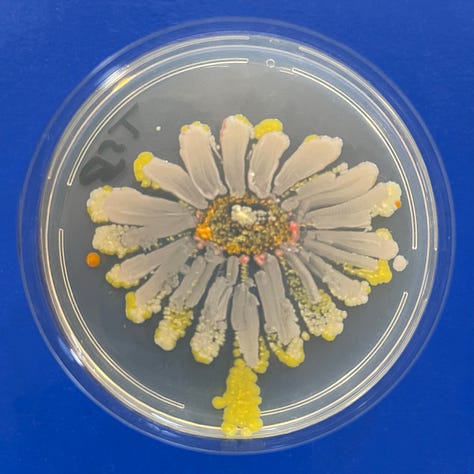
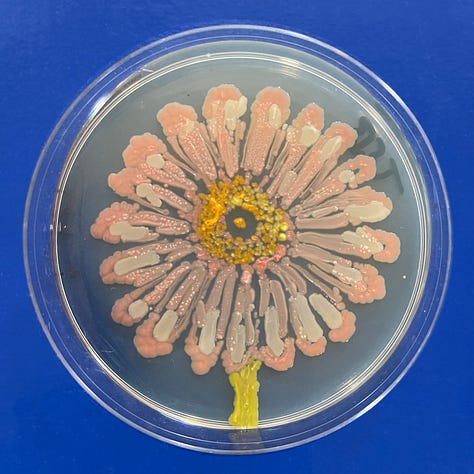
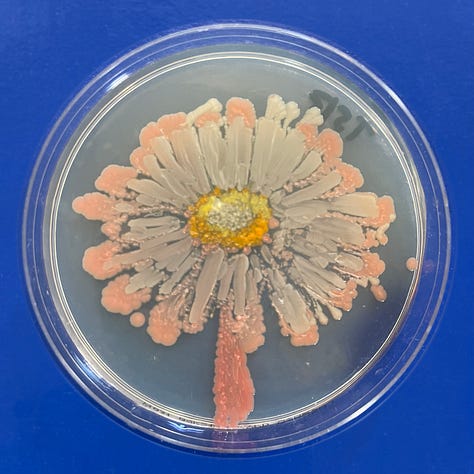
Capturing microbial growth
Late last year I began to work with Triton Bio’s Mira imaging system. Mira captures imagery of Petri dishes while they incubate. I can essentially have stop-motion films of my dishes after they incubate. I find stop-motion clips really tell the story of what it’s like to work with microbes. Previously, I was capturing the images myself and doing all the required image correction (a P.I.T.A.) in order to make a smooth video clip. When I paint with microbes, they are invisible. I incubate them at optimal temperatures (for C.glutamicum, thats 30° C), and they grow over the course of a few days. Below are some images captured from the Mira, affectionately named Pignite.
Pignite can incubate 6 Petri dishes at a time. It gives off an old school CD player vibes, which I love! “CD” stands for Compact Disk player to anyone who may not know…
Daisies and earworms
Speaking of CDs, as I was writing this post (as often happens) a song came to mind. This one is a real earworm; Ween’s “Push Th’ Little Daisies.” I’m not going to try to decipher that song metaphorically, but I admit I have goofy memories of Ween’s “Pure Guava,” even though as an adult I never listen to it. When I was a teenager, cruising around strip mall parking lots was a “thing” 🙄. My sister and I—co-conspirators in revelry against the mundane—decided to participate in this teenage daftness. We did so with our own flavor of buffoonery by blasting Ween, our favorite track being “The Goin' Gets Tough From the Getgo” because it had the perfect recipe for cruising: cursing, fake British accents, and bass.
More to come!
This project is beginning to take shape. There is much much MUCH more to share. Stay tuned, because this is just the beginning!
As always, feel free to share thoughts.
Why Flowers?
“Why flowers?” is a question I often get in relation to my artwork. Flowers are a frequent motif through which humans interface with nature. They are significant to us culturally, politically, scientifically. This piece part of a series, “Why Flowers?” in which I will share some context around why flowers are an inspiration in my work. Previous posts in the series are linked below.






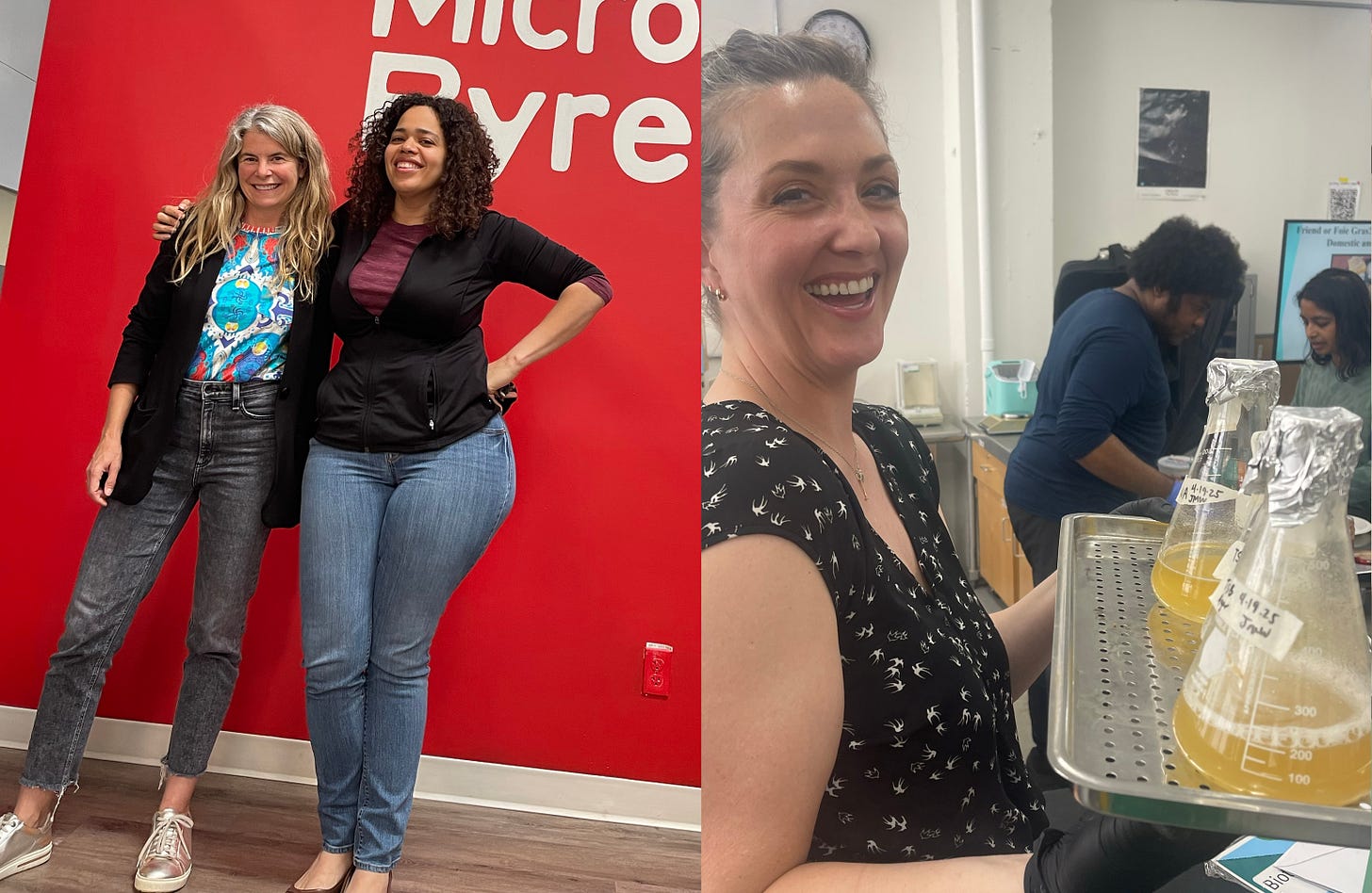


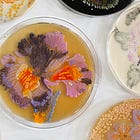

I love this piece Karen! I was just in my garden this morning having conversations with my flowers, including many kinds / variations of daisies! I will send you photos. There is a reason we humans love flowers. (Also: You are such a talented and beautiful writer!!!)